Benefits and drawbacks of Galaxy Nexus having "No OEM Customization"

A new comparison chart from Verizon shows the Galaxy Nexus listed as having "No OEM Customization", the question still remains: will Verizon employees explain why that's a good thing? Verizon employees receive extensive training, so they undoubtedly understand the differences between stock and customized Android, but it is a very different thing to actually explain those differences to potential customers. Many of the features of the Galaxy Nexus are fairly easy to explain, including NFC and Android Beam, the 720p screen or the lack of capacitive buttons. OEM customization is a much more convoluted idea that many people don't fully understand, and many potential consumers may not care to understand. We're hoping that Verizon employees will explain the benefits and drawbacks (yes, there are drawbacks) of stock Android properly, because all consumers should be able to make informed decisions.
Benefits
The benefits side is relatively easy to explain though it could become a lengthy discussion about faster updates, all features being open and available, performance boosts over customized phones, and easy root/unlock options. Faster OS updates not only mean getting the newest major version of the OS when it is released, but also in getting all bug fixes and minor feature updates as fast as Google can push them. Although, there is a chance that those updates will see a delay for Verizon testing now, they will still be released far faster for Nexus owners than anyone else.
Having all features of Android open and available for use has traditionally been by far one of the best reasons to go with a Nexus device, but we're not sure that it fits here. In strict terms, we would assume that a device with "no OEM customization" means that no features have been turned off. The trouble is that we're not sure if the main target here - free tethering/WiFi hotspot - is still a part of stock Android. As we've mentioned before, Google did remove free tethering/hotspot from Nexus S devices with one of the incremental updates, so there is a fair chance that it isn't part of stock Android any more. Still, knowing that no other features will be removed is a benefit to stock.
Custom UIs take up system resources, some far more than others (HTC Sense). With the power of today's smartphones, this may not translate to a big difference in performance, but there will be a difference. Especially moving forward, because the resource requirements for custom UIs tends to grow faster than the resource requirements for stock Android.
The last benefit may not be one that many customers will care about, and if they do care, it's likely they wouldn't need the explanation of benefits/drawbacks to stock Android, but easy root access and device unlocking can be quite useful. As nice as stock Android may be, a lot of people prefer custom ROMs, which can add features to stock Android without sacrificing performance. Verizon Nexus owners may not have much reason to unlock because it's not as if they could swap in a new SIM card for a different carrier, but root access can be nice. Still, this is definitely not something Verizon employees would bother explaining anyway, because rooting/unlocking breaks your warranty.
Drawbacks
The drawbacks mostly fall under one major heading: do it yourself. With many OEM UIs, a lot of the things you may want are already there on screen, and you don't even need to drill into app folders or widgets lists too much to put what you want on your homescreens. For those who love the customization options of Android, this is a benefit of stock; it is a clean palette to work with. However, many people are lazy and don't want to do that. And, beyond having some customization done for you, some UIs, like HTC Sense, offer a number of extra features, like flipping the phone onto its screen to turn off the ringer, that users would only be able to get by installing 3rd party apps. Again, maybe you don't want these features built-in, but many customers won't go digging into the Android Market to replicate these features even if they want to have them.
Another drawback of having stock Android is one that most don't consider: having the newest version of Android isn't always a good thing. Let's face it, developers can be lazy, and some may not update their apps in a timely manner to support the new version of Android. We have seen it with every Android update, and we already know that it will be happening with Ice Cream Sandwich. When Gingerbread first launched, we had to switch to a new default keyboard, because one of our favorites, FlexT9, took months to update for Gingerbread support. Now, we already know that the Adobe Flash player has not yet been updated for ICS. Adobe has promised the update before the end of the year, but it still illustrates the issue. It may be a somewhat minor annoyance, because there are often alternatives for any app that hasn't been updated for compatibility, but it is still an annoyance and something that will be a factor both in purchasing the Galaxy Nexus right now, and as a Nexus owner a year from now when Android Jelly Bean is released.
Lastly, there is the general issue with being an early adopter: it can be a relatively lonely place. Granted, the Galaxy Nexus should sell far better than any previous Nexus device, but users still won't have too much practical use for things like Android Beam or even video chat through Google Talk because the requisite hardware (NFC and front-facing cameras) and software (Android 4.0 and Android 2.3.4 respectively) haven't been pushed out to all devices yet. If you do video chat with friends who are on PCs, that works fine, but unless your friends all have a Galaxy Nexus or Nexus S, Android Beam isn't too useful right now. And, with projections putting NFC adoption at just 50% of handsets within 2-3 years, you may not see much use in it all that soon.
Conclusion
It is very nice to finally have clean stock Android as a choice on Verizon, but there is just as much to consider when choosing stock Android as there is when choosing a device with a custom manufacturer UI. As always, it comes down to choice. Some want to have full control over every aspect of their device, and want to be able to start fresh and choose everything that is put on that device. Stock Android offers this.
However, many people don't want to have a clean slate when buying a new phone, and may want some of the customization and extra features added for them. Of course, there are drawbacks to this option in overall device performance and speed of OS updates, custom UIs take care of some of this work for you. Just because Android offers options for full customization doesn't mean that all consumers want to exercise those options, and that's where OEM customization can be a good thing for some users.
Of course, the perfect option would be if all manufacturer UIs were made optional, and could be removed from devices. As far as we know, that may be the biggest unconfirmed benefit of Ice Cream Sandwich, and the new feature allowing users to remove any app could extend to manufacturer UIs, but we still need to see about that. Until that happens though, custom UIs fall under the realm of manufacturer differentiation, and consumer choice, and that includes the option for stock Android.
Follow us on Google News

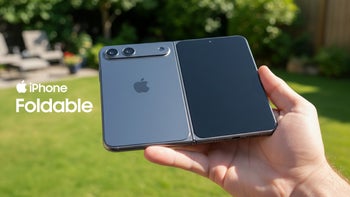
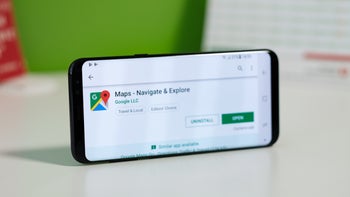
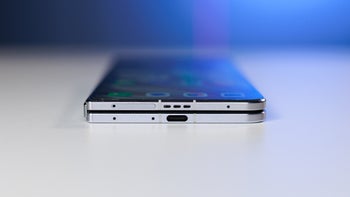
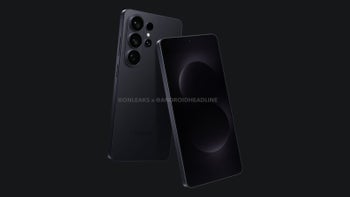

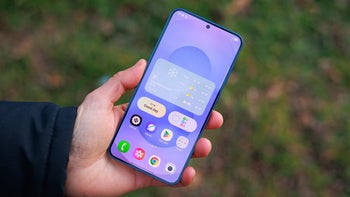

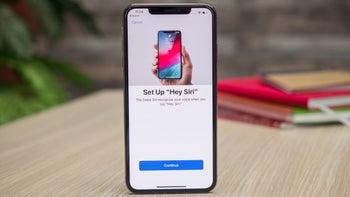

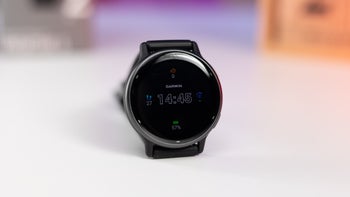
Things that are NOT allowed:
To help keep our community safe and free from spam, we apply temporary limits to newly created accounts: